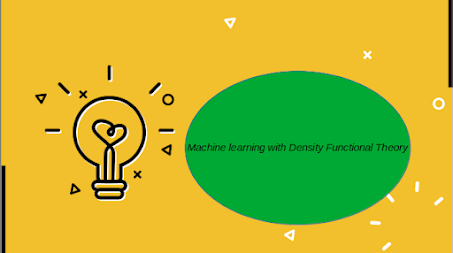In recent years, machine learning (ML) has made significant advances in the field of physics research, specifically in the area of density functional theory (DFT). DFT is a widely used theoretical approach in physics that studies the electronic structure of materials, allowing researchers to predict properties such as electronic structure, magnetic behavior, and optical properties.
ML has been applied to DFT to numerically implement mappings, relationships, or functions that are difficult to formulate theoretically. This has allowed researchers to bypass heavy calculations required by traditional electronic structure theory and make more accurate predictions of physical or chemical properties by considering electron density. Furthermore, ML schemes treating electron density have shown to have large transferability even with a limited training dataset. This is because the spatial distribution of the density has more information about intrinsic physical principles than scalar quantities such as energy. In studies on materials, the ML scheme is often applied to predict material properties from basic information, such as atomic configurations. The combination of ML and DFT has opened up new avenues for research in the field of physics and has led to new insights into the behavior of physical systems and the properties of materials. It has also paved the way for the development of new materials with improved performance and functionality.
Overall, the integration of machine learning and density functional theory in physics research is a revolution in progress, providing new tools and techniques for researchers to explore and understand the complexities of physical systems. With continued investment in technology and support for research, it is likely that we will see even more exciting breakthroughs in this field in the coming years.

Comments
Post a Comment